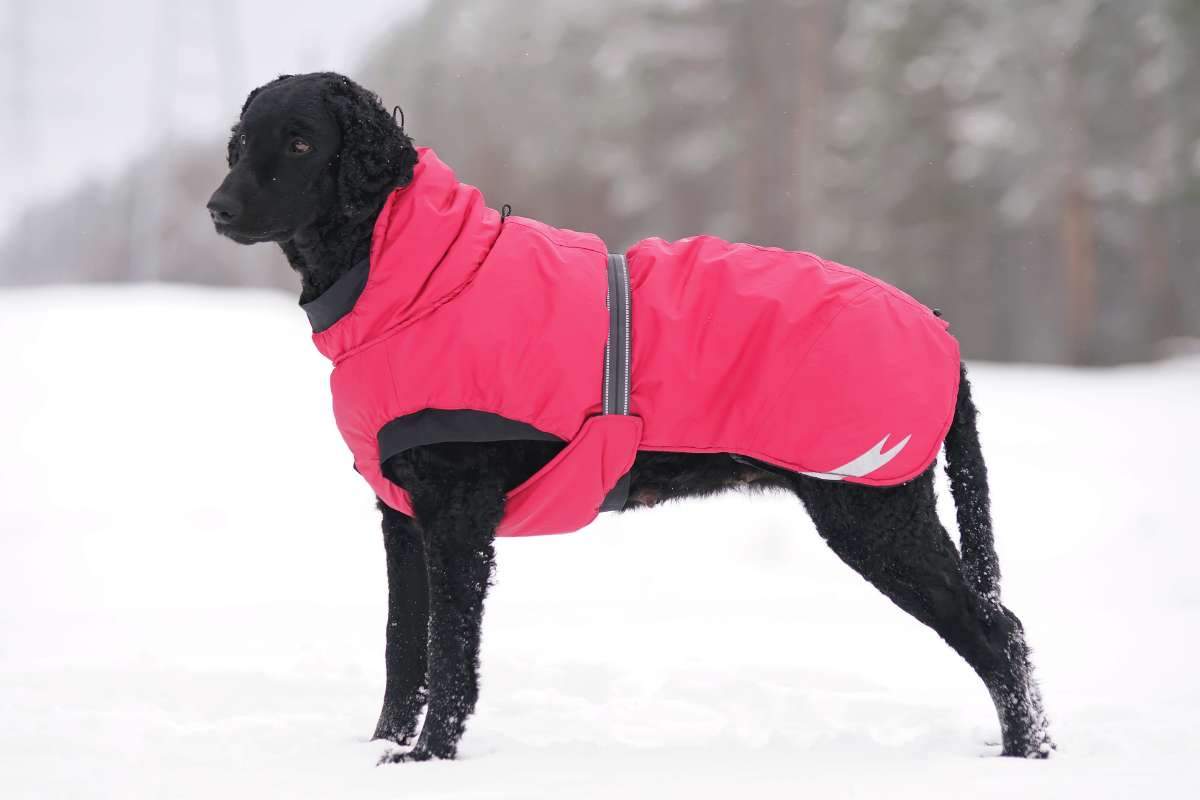A Guide to Dressing Your Dog in Cold Weather

As the temperatures drop and winter sets in, it's essential to ensure your furry friend stays warm and cozy during outdoor adventures. Dressing your dog in cold weather not only protects them from the chill but also adds a touch of style to their wardrobe. In this comprehensive guide, we'll explore the factors to consider when choosing winter attire for your dog, the types of clothing available, and essential tips for a safe and comfortable winter wardrobe.
Understanding Your Dog's Needs
Before diving into the world of doggy fashion, it's crucial to understand your canine companion's specific needs. Not all dogs have the same tolerance for cold weather, and factors such as breed, age, size, and health play a role in determining how much protection your dog requires.
Breed Considerations - Dogs with short coats, such as Chihuahuas or Greyhounds, are more susceptible to the cold than breeds with thick fur like Huskies or Newfoundlands. Understanding your dog's breed characteristics will guide your choice of winter wear.
Size and Age - Smaller dogs and puppies often lose heat more quickly due to their size and faster metabolism. Senior dogs may also be more sensitive to the cold. Consider these factors when selecting winter clothing to ensure a proper fit and maximum warmth.
Health Conditions - Dogs with certain health conditions, such as arthritis or a weakened immune system, may benefit from additional layers in colder weather. Consult your veterinarian to determine if your dog has specific needs related to their health.
Types of Doggy Winter Wear
Now that you've assessed your dog's individual needs, let's explore the various types of winter wear available for dogs.
Dog Sweaters and Hoodies - Ideal for providing an extra layer of warmth, dog sweaters and hoodies come in various styles and materials. They are perfect for smaller breeds or those with short coats.
Dog Jackets and Coats - Jackets and coats are designed to protect your dog's core and provide insulation. Water-resistant options are available for snowy or rainy conditions, ensuring your pup stays dry and warm.
Dog Boots - Protect your dog's paws from ice, snow, and cold surfaces with insulated dog boots. These not only keep their feet warm but also provide traction on slippery surfaces.
Dog Scarves and Snoods - Neckwear is not just a fashion statement; scarves and snoods provide additional coverage to keep your dog's neck warm, especially in windy conditions.
Dog Thermal Underwear and layers - For extreme cold, thermal dog underwear or even a polyester shirt offers an added layer beneath sweaters or jackets. These are particularly useful for dogs that spend extended periods outdoors.
Choosing the Right Winter Wear
Measure for Fit - Proper sizing is crucial for your dog's comfort. Measure their neck, chest, and length to find the right fit, ensuring that clothing isn't too tight or restrictive.
Consider Your Climate - The severity of winter in your region should influence your choice of doggy attire. A light sweater may be sufficient for mild winters, while a waterproof jacket and boots may be necessary in harsh conditions.
Prioritize Comfort - Opt for breathable, non-restrictive materials that won't irritate your dog's skin. Pay attention to seams and closures, ensuring they don't rub or cause discomfort.
Test Tolerance - Some dogs may not be comfortable wearing clothing initially. Introduce them to winter wear gradually, offering treats and positive reinforcement to create a positive association.
Check Regularly - Inspect your dog's winter clothing regularly for wear and tear. Damaged items may not provide adequate warmth and could pose a safety risk.
Winter Safety Tips for Dogs
Monitor Body Temperature - Be vigilant about your dog's body temperature. If they seem uncomfortable or shiver excessively, it's time to adjust their clothing or head indoors.
Avoid Overheating - Dogs can overheat even in cold weather, especially during vigorous activities. Remove their winter wear if they appear too warm, and provide water to prevent dehydration.
Protect Paws - Salt and de-icing chemicals on roads can be harmful to your dog's paws. Use boots to protect their feet, and rinse their paws after walks to remove any potentially harmful substances.
Choose Reflective Gear - With shorter daylight hours in winter, reflective or light-up gear ensures your dog remains visible during walks, enhancing their safety.
Indoor Comfort - Once indoors, remove any wet clothing promptly to prevent your dog from getting chilled. Provide a warm, cozy spot for them to rest.
Dressing your dog in cold weather is not just about fashion; it's a practical and caring approach to ensuring their well-being during the winter months. By understanding your dog's specific needs, choosing appropriate winter wear, and following safety guidelines, you can make the colder seasons enjoyable for both you and your furry friend. Whether it's a stylish sweater for a brisk walk or insulated boots for a snowy adventure, the right winter wardrobe ensures your dog stays warm, happy, and ready for winter wonders.
-
Posted in
cold weather, dog warmth, Winter





